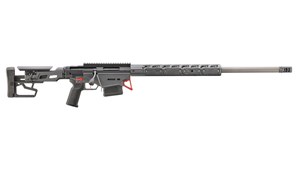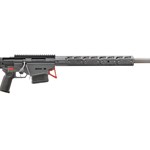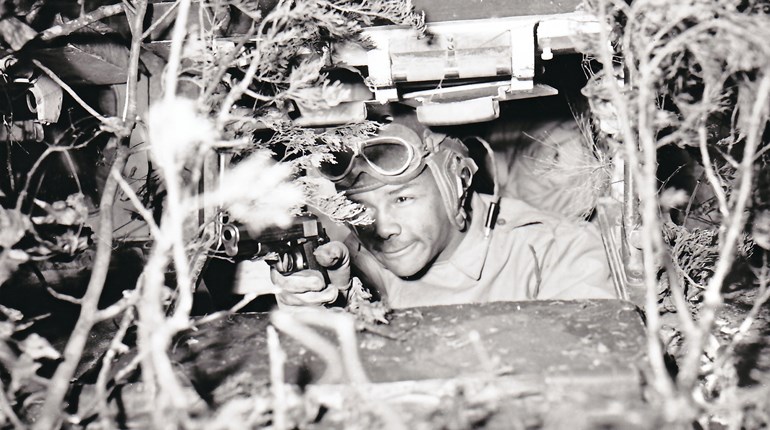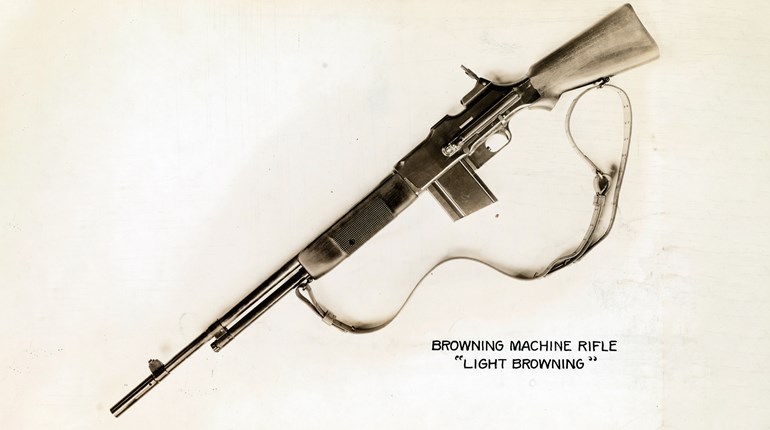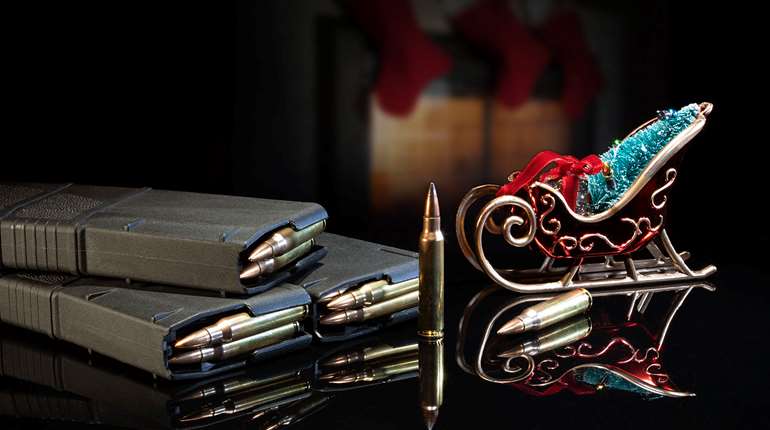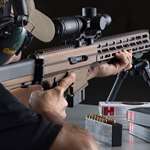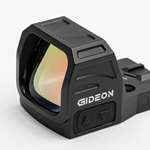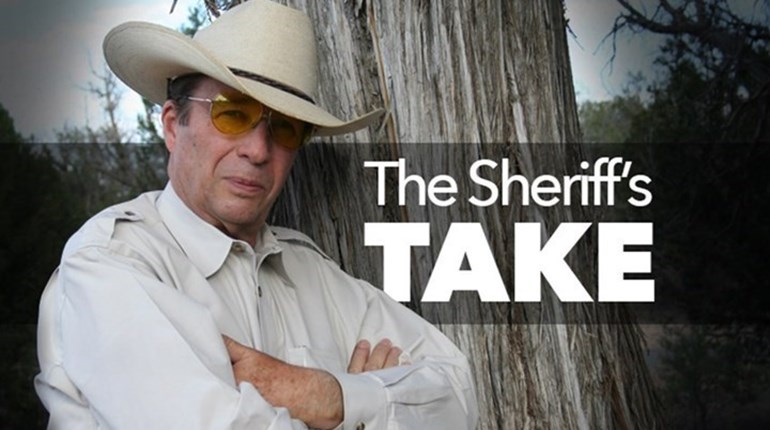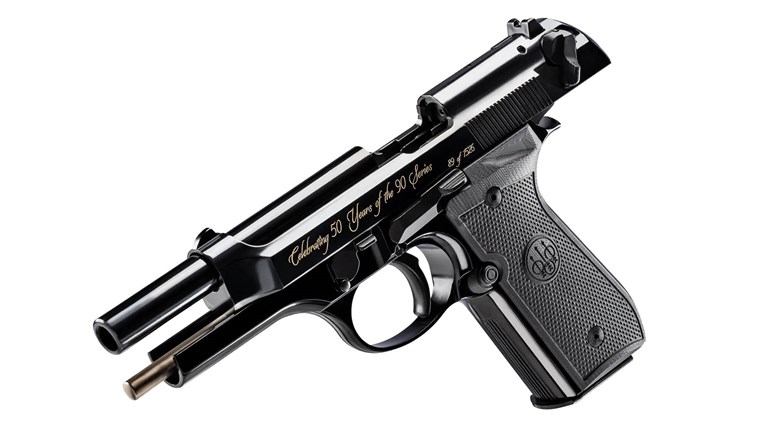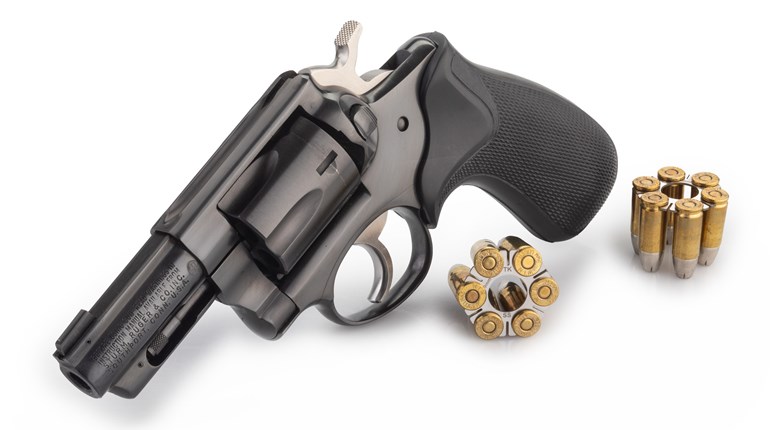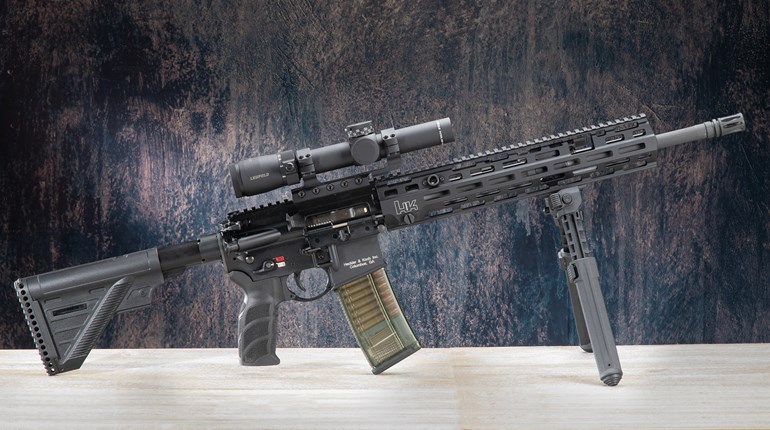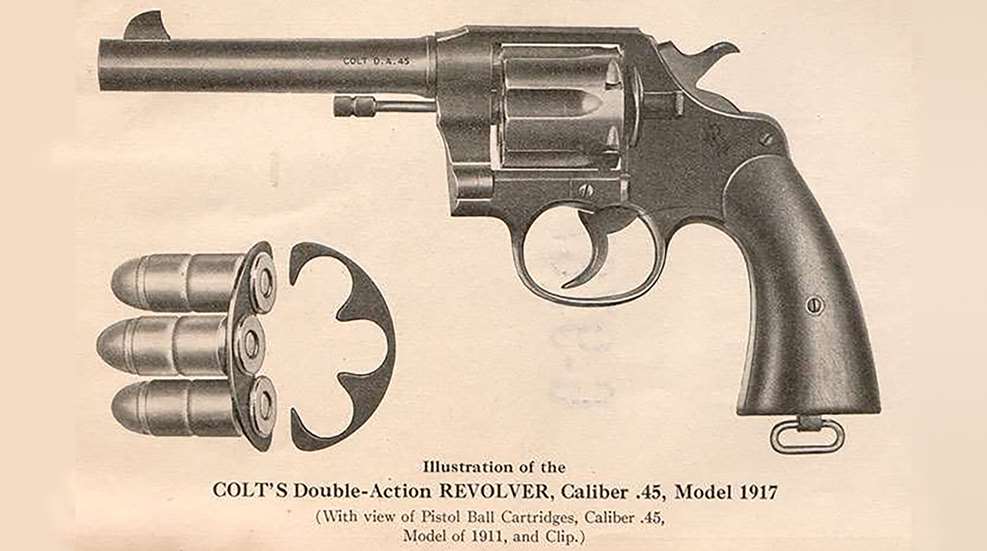
Revolvers have been part of the US military arsenal for a long time. In fact, despite the 1911 semi-automatic having “won two World Wars!,” the revolver continued in US military service longer than that 1911 to 1985 time period. Both the Army and the Air Force kept revolvers in their inventory well past the end of the Vietnam War.
As late as the 1988 edition of Field Manual 23-35, the US Army revolver inventory was listed as “six basic caliber .38 service revolvers in use by the Army.” One 2-inch barreled .38- caliber revolver and five 4-inch barreled .38-caliber revolvers were still in use. The snub was used by Army CID and counterintelligence personnel, while the 4-inch barreled revolvers were used by aviators and Military Police. The US Air Force didn’t retire the last of its Smith & Wesson Model 15 revolvers until 2018. By that time, the Model 15s were only used with blanks to train working dogs.
 One of the earliest 20th century examples of US military revolver training is presented in the US Navy manual "The Landing-force and Small-arm Instructions, United States Navy, 1912." The techniques shown in the manual, e.g., cocking the pistol, demonstrate how much evolution has taken place in military revolver training. Even then, safety was an issue that had to be emphasized. “In shooting from shipboard, men should be cautioned against standing where poorly aimed or accidental shots may be deflected from boat davits.”
One of the earliest 20th century examples of US military revolver training is presented in the US Navy manual "The Landing-force and Small-arm Instructions, United States Navy, 1912." The techniques shown in the manual, e.g., cocking the pistol, demonstrate how much evolution has taken place in military revolver training. Even then, safety was an issue that had to be emphasized. “In shooting from shipboard, men should be cautioned against standing where poorly aimed or accidental shots may be deflected from boat davits.”
Just as at the beginning of The Great War, the beginning of World War II saw the military woefully short of 1911 pistols. During the pre-war buildup, the Model 1917 .45 ACP revolver was pressed into service to provide training sidearms for the millions of troops who fought the war. The author’s father was familiarized with a 1917 revolver in basic training shortly before Pearl Harbor was attacked. One handed bullseye target shooting was still the initial form of pistol shooting taught.
Train For Combat, Not The Range
As the War progressed, it became clear that training only for bullseye target shooting was not adequate to train men for combat. Combat firing courses pertinent to both semi-automatics and revolvers were developed. After the war, an interesting development in training that was pertinent to revolvers occurred. The reason for this development is historically unclear.
Change No. 2 to Field Manual 23-35, was issued in 1948. It contained an interesting addition to handgun training that was intended for both semi-autos and revolvers. The addition was the Advanced Firing Course. The course was designed “for use by specially qualified individuals whose military duties demand above average performance with handguns. … Any pistol or revolver may be used, providing it is of sufficient caliber to be effective. Generally speaking, this confines calibers to .38 or larger. Exceptions are the .30 Luger, Mauser, and Russian, and the 32-20 cartridge.”

The course was divided into six tables totaling 50 rounds. The targets ranged from 50 yards to 7 yards. Other than the 50-yard table, it was shot on paper silhouette targets of varying sizes and heights. All the tables under 50 yards require drawing from the holster with some tight time limits. Single-action revolvers were specifically allowed as demonstrated by the reloading requirements in Table XI. Including this category of revolver is curious, although many were furnished to Great Britain during the War.
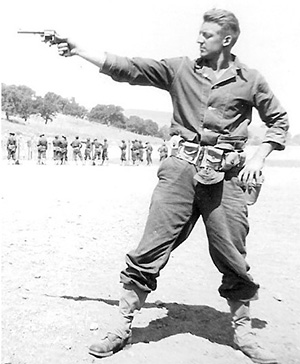
Recognition of what constituted meaningful handgun practice was included in the course description with a caveat. “Movement not included. The course does not include shooting at ‘running man’ targets, shooting while the firer is running, or a combination of the two. Nor does it include shooting from a moving vehicle, shooting while seated behind a desk, or night shooting. It is felt that while all these are valuable and should be included in familiarization practice, they involve too many complications to be included in a fixed course of fire.” This emphasis seems to have had its roots as much in clandestine OSS type operations as in the law enforcement role.
Out With The Old, In With The New
The 1960 edition of FM 23-35 was completely restructured, and the Advanced Firing Course was eliminated. The Colt Detective Special was the only revolver mentioned and received a separate section from the 1911 pistol. The Advanced Firing Course for all handguns was replaced for revolvers by the Practical Qualification Course.
The course fundamentals were stated as “Qualification in practical revolver shooting includes firing from several positions at varying ranges; shooting with the right and left hands; point (crouch) firing; double action; and hip shooting.” In this sense, it had become a parallel to the FBI’s PPC, since revolvers were now relegated to the law enforcement function in the Army.
A further evolution of revolver training occurred in the 1988 edition of FM 23-35, which was titled "Combat Training with Pistols And Revolvers." In place of the Colt Detective Special, the Smith & Wesson Model 10 had become the CID sidearm while aviators were equipped with 4-inch revolvers. Reactive silhouette targets had replaced paper targets of both bullseye and silhouette versions.
The Combat Pistol Qualification Course in the 1988 edition could be used for both pistols and revolvers. Changes to range layout required soldiers to engage single and multiple targets at various distances. In addition, soldiers were given 40 rounds to fire the 30 targets. This enabled soldiers to fire makeup shots on targets they missed. The manual specifically stated, “A firer who can successfully reengage the target with a second round during the exposure time is just as effective as a firer who hits the target with the first round. The firer is not penalized for using or not using the extra rounds he is allocated.” Making allowance for follow-up shots was a noticeable change in doctrine from years past.
The USAF continued to use revolvers in the law enforcement function for a time but eventually the M9 Beretta replaced it for all but dog training. Finally, even this usage was discarded. Revolvers are no longer part of the US military inventory, but still had a very long period of service that deserves recognition.
